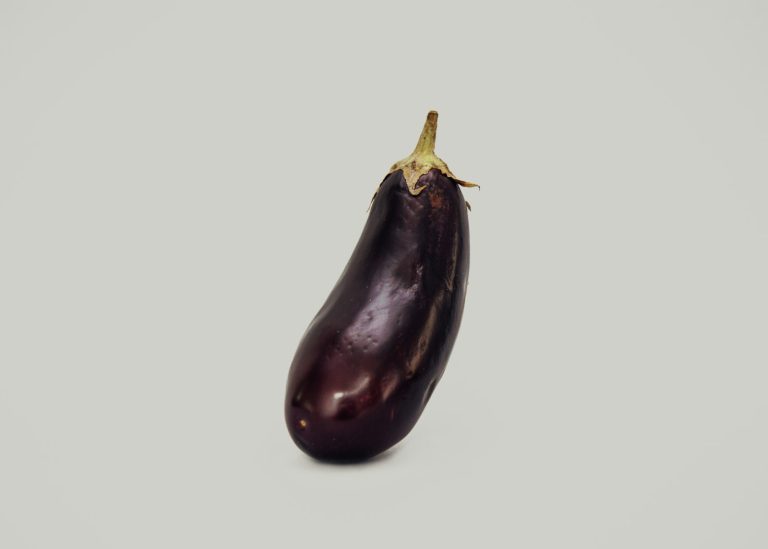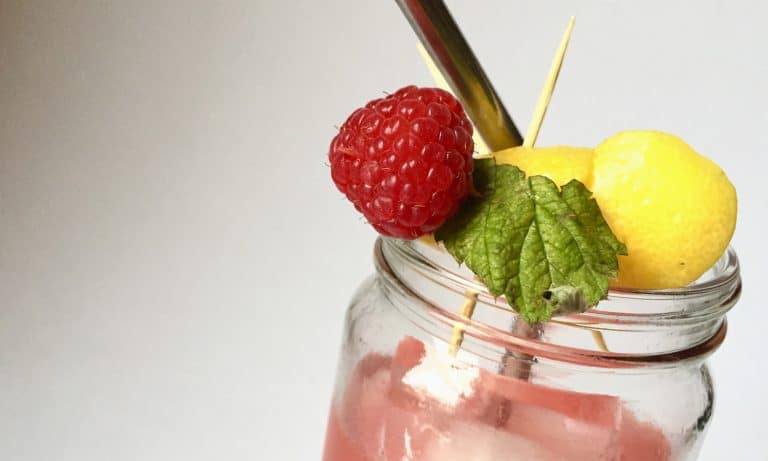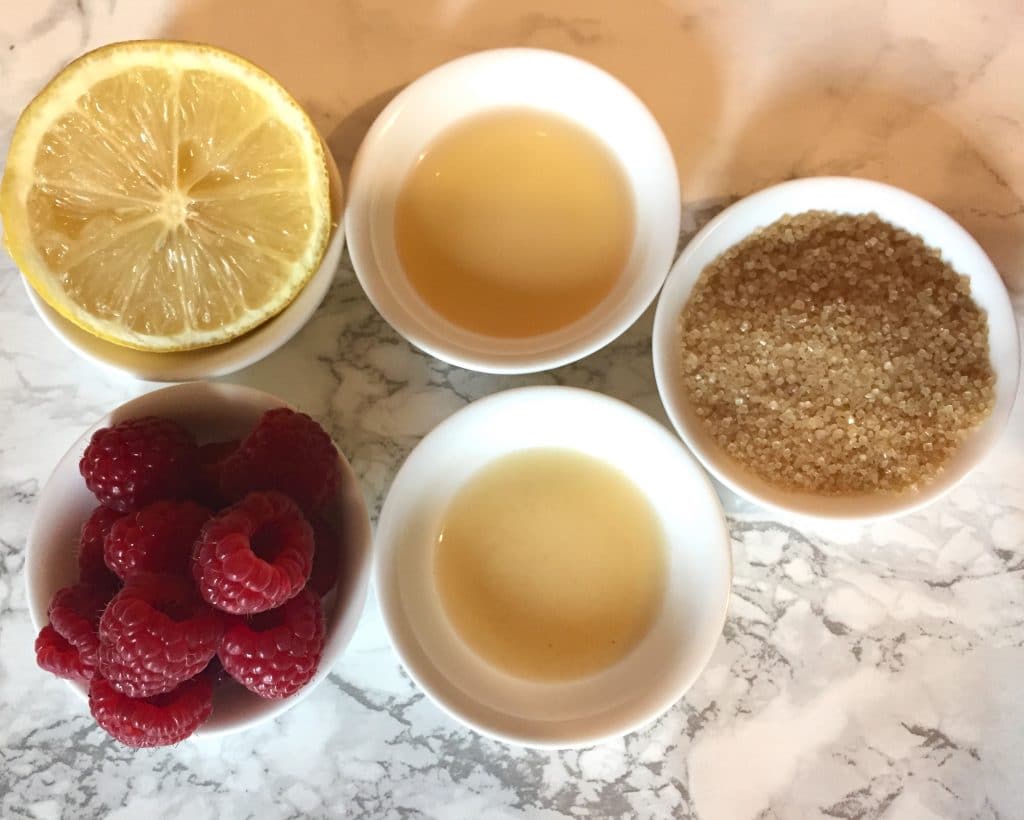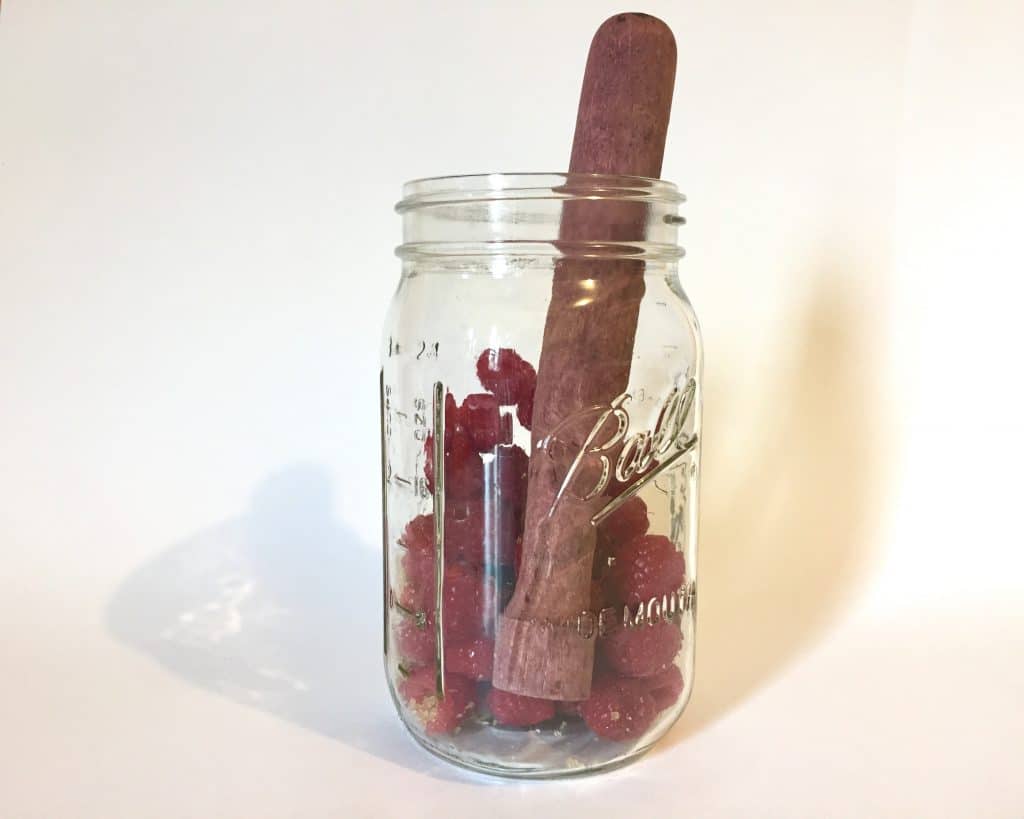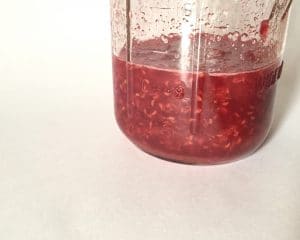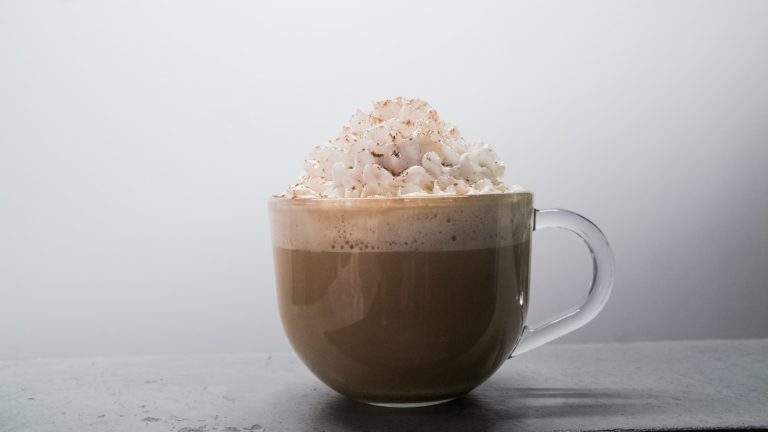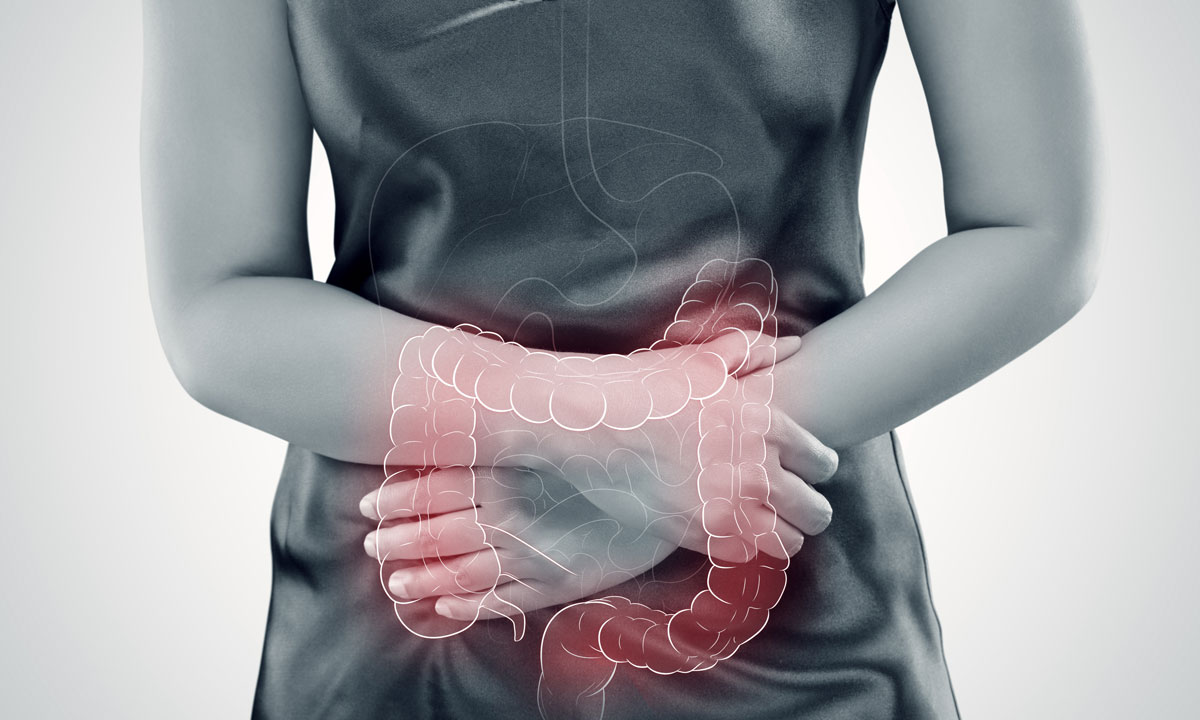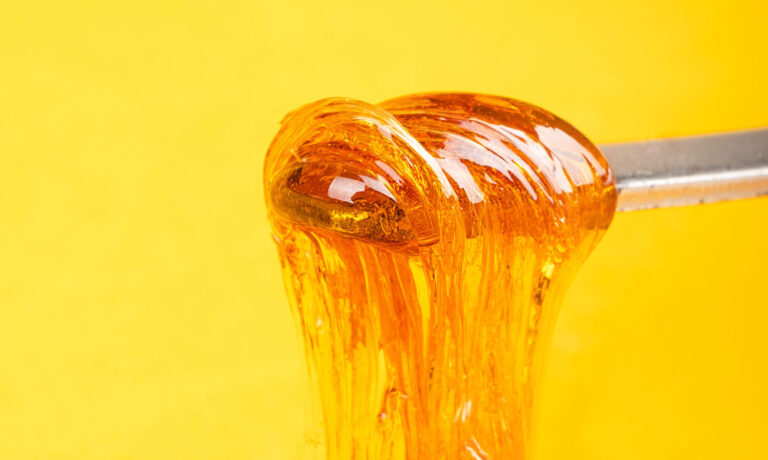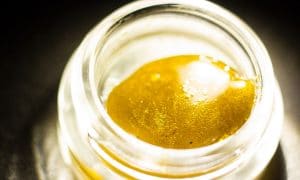Prostate cancer has been in the news – can marijuana help?
About 13 out of 100 men are struck with prostate cancer over the course of their life. More than 95 out of 100 (more than 95%) will survive their cancer for 1 year or more. more than 85 out of 100 (more than 85%) will survive their cancer for 5 years or more. Almost 80 out of 100 (almost 80%) will survive their cancer for 10 years or more. Science and data have made clear marijuana has some medical benefits. More research needs to be done, but cannabis has been used as medicine for a 1,000 years.
RELATED: What Is Your Marijuana Use Doing To Your Penis?
Studies of the chemicals (or cannabinoids) found in the marijuana plant suggest certain cannabinoids can be helpful in treating nausea and vomiting from cancer chemotherapy, as well as in treating neuropathic pain (pain caused by damaged nerves). The U.S Food and Drug Administrationexternal. (FDA) has approved two specific drugs (dronabinol [name brands Marinol and Syndros] and nabilone [name brand Cesamet]) that are synthetic (man-made) forms of specific cannabinoids for use in cancer patients with chemotherapy-associated nausea and vomiting.
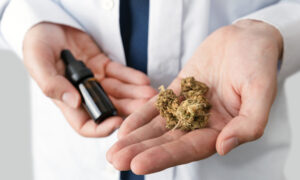
Cannabis may help treat prostate cancer. Some studies have looked at the effect of chemicals in cannabis, on prostate cancer cells. There are two main cannabinoids that have been investigated – THC (tetrahydrocannabinol) and CBD (cannabidiol). The studies found that cannabinoids may stop prostate cancer cells from growing and dividing, cause prostate cancer cells to die, and stop prostate cancer cells from invading other tissues and spreading. But these studies have only looked at prostate cancer cells grown in laboratories or in mice. To understand
RELATED: Marijuana And Sex: How Much Weed Is Too Much?
Another study demonstrated that cannabidiol is a viable therapy to treat prostate cancer cells, in combination with silencing of RBBP6. This suggests that cannabidiol rather cannabis sativa extract may play an important role in reducing cancer progression.
More research need to be done to find the best path cannabis can help in the treatment of prostate cancer. Meanwhile, be aware of the early warning sign including trouble urinating or decreased force of stream, blood in the urine or semen, bone pain, unexpected weight loss, and unexplained fevers. If you consistently notice any of these symptoms, you should see your doctor as soon as possible.

